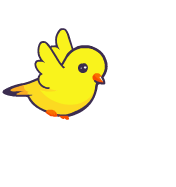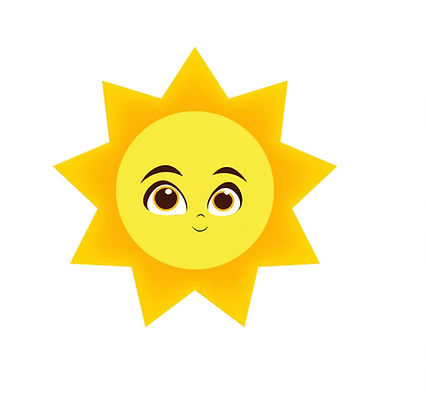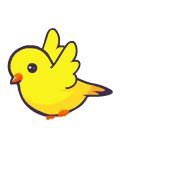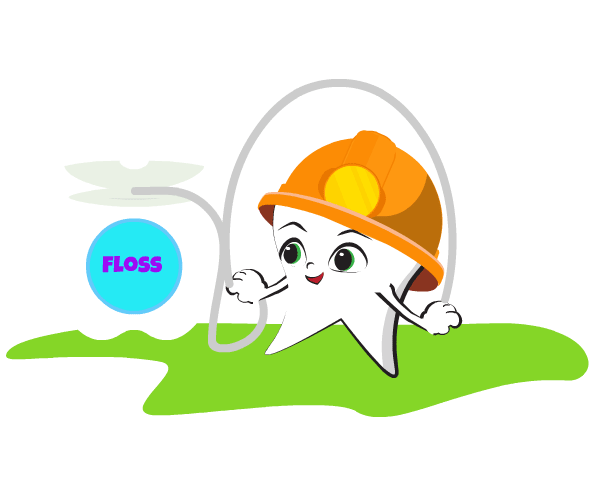Healthy Teeth Tips for Babies & Kids

Establishing good dental habits early helps your child build a lifetime of healthy smiles. Our tips below can be used as a guide as your child grows.
BabY's First Visit to the Dentist
You should schedule your baby's first visit to the dentist when they get their first tooth or by age one, whichever comes first.
This first visit is focused on early preventative care:
-
Establish a positive relationship with the dentist
-
Identify potential issues before they become problems, such as tongue ties, pacifier use, and not brushing with fluoride toothpaste
During this first visit, we'll discuss your baby's eating and drinking habits, review daily dental care routines, and provide guidance on what to expect as your child grows.

Kids & Babies Should Have Regular Checkups Every Six Months
The American Academy of Pediatric Dentistry recommends that babies and children should visit the dentist every six months.
These checkups include:
-
Professional cleaning and polishing
-
Fluoride treatment as needed
-
Dental exam to check for cavities and other issues
-
Review of brushing and flossing techniques
-
Assessment of growth and development
Some children may need more frequent visits based on their individual needs. Our dentists will recommend the best schedule for your child.



Recommended Daily Dental Routine for Kids
-
Brush for 2 minutes 2x/day (morning and before bedtime)
-
Floss once/day to clean between teeth
-
Use the right amount of fluoride toothpaste based on your child's age
-
Supervise and assist with brushing and flossing until your child can do it effectively
-
Limit sugary drinks and foods that can increase cavity risk
Help Your Child to Brush Until Age 8 or Longer
Most children don't have the manual dexterity to brush effectively until they can tie their own shoelaces, typically around age 8. So, you should help your child brush their teeth until then or longer.
-
Let your child practice brushing
-
Always finish by brushing their teeth yourself
-
Help with flossing until they can do it well on their own
-
Use a timer to ensure they brush for a full two minutes
Kids need a parent to help them brush until they are 8 years old or longer.
X-Rays are Important for Healthy Teeth
X-Rays are Important for Healthy Teeth
X-rays allow us to detect cavities between teeth, check for proper tooth development, and identify potential problems not visible during a visual exam.
Yearly X-Rays
We typically introduce front x-rays around age and back x-rays around age 4. After that, we recommend x-rays once a year for routine monitoring for cavities between teeth, with additional images only when clinically necessary. Our x-rays are quick, easy, and use very low radiation. Your child will be able to sit and watch their movie as their x-rays are taken.
Panoramic X-Rays
We begin panoramic x-rays when kids’ permanent teeth start erupting, typically around ages 7-9 and then are generally recommended every 3-5 years to evaluate growth and development.
X-Ray & Radiation Safety
We take a thoughtful approach to dental x-rays, balancing their important diagnostic benefits with radiation safety. We use modern digital x-ray technology that reduces radiation exposure by up to 90% compared to traditional film. We provide protective lead aprons and carefully tailor our imaging recommendations to each child's specific needs and cavity risk.




Mini Miners uses modern digital x-ray technology that reduces radiation exposure by up to 90% compared to traditional film.
Flossing Makes a BIG Difference
Flossing should start when two teeth touch each other—usually by age 2 or 3. While brushing cleans the surfaces of teeth, flossing removes food particles and plaque between teeth where a toothbrush can't reach.
Our Flossing Tips:
-
Flossing is NOT optional and is needed for good oral health
-
Floss your child's teeth 1x/day
-
Even if you don’t see a piece of food stuck between your child’s teeth, small food particles that you can’t see are still between your child’s teeth.
-
Help your child floss until your child can do it effectively on their own (usually around age 7-8, or even up to age 10)
-
Consider using floss picks or flossers, which can be easier for both parents and children to use
-
Make flossing fun by telling stories or playing music
Flossing removes up to 40% of the plaque on your teeth! Don’t skip this step!


Use Fluoride Toothpaste
We recommend using fluoride toothpaste at home because it helps strengthen tooth enamel and prevent cavities.
It’s important to use the right amount of fluoride toothpaste for your child’s age:
-
Under age 2: Use a smear of fluoridated toothpaste (about the size of a grain of rice)
-
Ages 2-7: Use a pea-sized amount of fluoridated toothpaste
-
Encourage your child to spit out excess toothpaste after brushing
Ask your dentist at Mini Miners if your child is getting enough fluoride, especially if you don't have fluoridated tap water. Some children may need fluoride supplements or treatments.
Avoiding Sugary Drinks
Sugary drinks are one of the leading causes of cavities in children. Even seemingly healthy options like fruit juice and lots of milk can contribute to tooth decay when consumed frequently. The natural sugars in these drinks feed the bacteria that cause cavities.
To protect your child's teeth:
-
Never put your baby to bed with a bottle containing milk, formula, juice, or sugary drinks. Breastmilk on teeth all night may lead to dental decay just like regular milk.
-
If you must use a bottle at bedtime, fill it with water only
-
Wean your child from the bottle between 12-14 months
-
Limit juice and sugary beverages
-
Encourage water as the main drink between meals
-
Avoid allowing children to sip on sugary drinks throughout the day
-
Choose milk or water with meals




